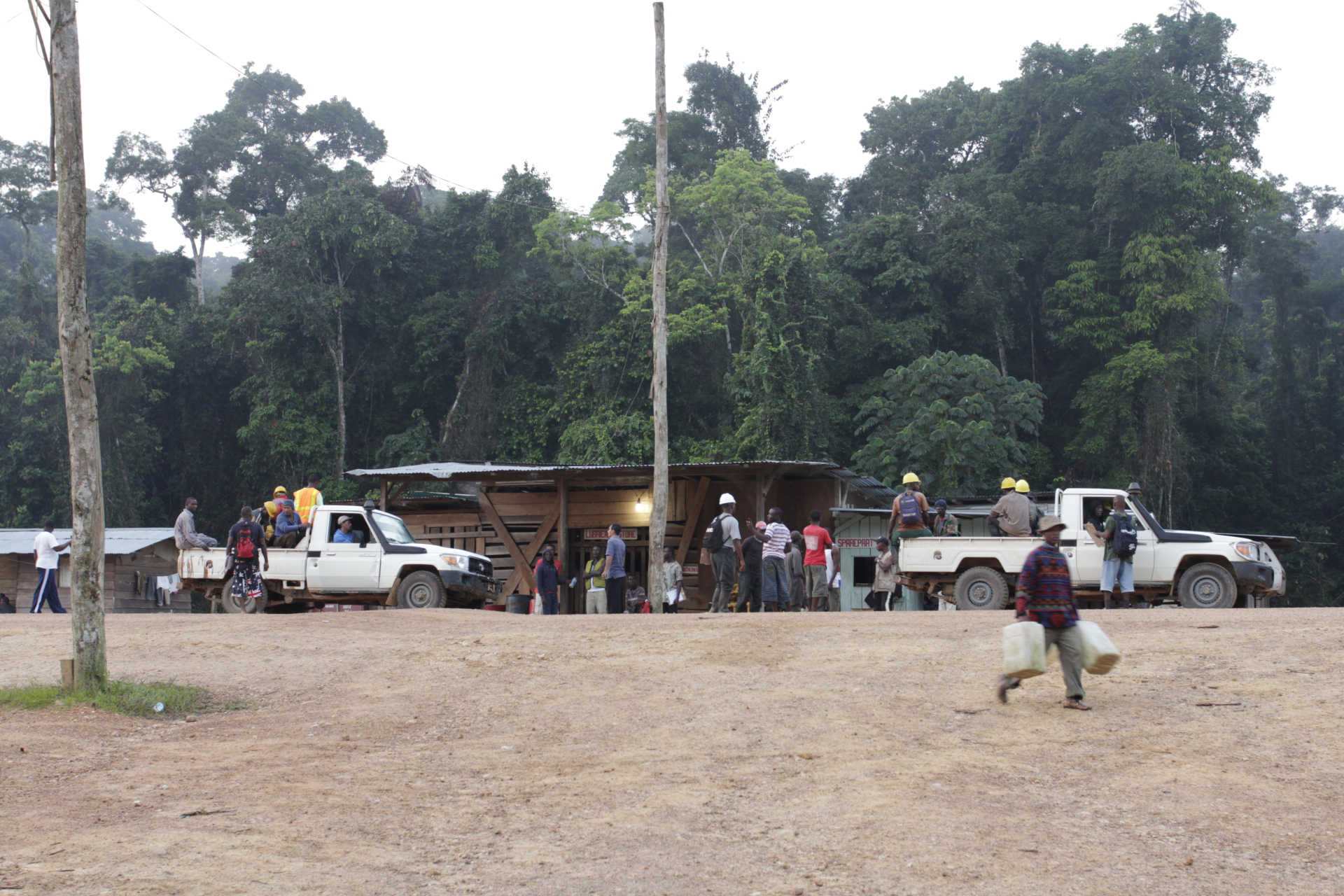
Does mining need a forest-smart approach? You bet it does!
It is well documented that the expansion of commercial and subsistence agriculture is the main driver of deforestation worldwide, responsible for about 80 percent of forest loss. The extractive industries, however, also contribute to deforestation, at about 5 percent globally. Given the difference between these sectors, is it still worth spending valuable time and funding for reducing the impacts of mining on forests? Early results from a Program on Forests’ (PROFOR) activity on “forest-smart” mining emphatically point to ‘yes.’ Here’s why:
First, while mines themselves may have a relatively small impact on forests, mining is linked to a long list of other activities that can cause rapid and widespread deforestation. For instance, moving extracted minerals from mine to market may require building transportation infrastructure like rails, roads, and ports, which incentivizes new settlements along the way, as well as demand for firewood and land to grow crops – all of which usually take place at the expense of forests.
Second, both mineral resources and forests have important implications for addressing poverty. Nonrenewable mineral resources play a leading economic role in 81 countries worldwide, which collectively account for a quarter of gross domestic product, and nearly 70 percent of people living in extreme poverty. Poor communities stand to benefit from natural resources revenue – if managed and invested in a transparent, effective, and inclusive manner – but they often rely on forest resources as well, including for income, energy, and food. The secondary impacts of mining, including the influx of job-seekers, can be especially harmful to the socio-economic and cultural fabric of indigenous and other local communities. A forest-smart approach, which recognizes forests’ significance for sustaining growth across many sectors, seeks to reconcile these differences.
Third, preliminary results from a mapping exercise show that a substantial number of the world’s mines are located in forests.[i] This was done by overlaying a map of operational, large-scale mines for 14 top commodities[ii] with a map of forested areas. The data highlights that many World Bank client countries face a situation of competing mining and forest interests, including Russia (over 200 mines in forests), Brazil (about 160 mines), Mexico (125), Indonesia (80), and Zimbabwe (80). Moreover, certain minerals are overwhelmingly sourced from mines located in forests, including bauxite (64 percent) and nickel (60 percent). This category also applies to nearly half of mined gold and a quarter of diamonds. Importantly, many of these mines are located in forests (and other ecosystems) of high conservation value.

*Map based on preliminary research by Fauna and Flora Fauna International
“Mining companies are increasingly aware of the need to avoid or minimize impacts on forests, but there is very little guidance available on how to do that in practice,” said World Bank Senior Mining Specialist Kirsten Hund, who is co-leading the forest-smart mining activity. “While every situation is context-specific, we want to develop practical guidelines that decision-makers across the public and private sectors can turn to so that forest-smart mining becomes the rule, not the exception.”
Less easily mapped than large-scale mines – but equally important - are artisanal and small-scale mining activities, which tend to be unregulated and undertaken with low-tech tools, often with devastating impacts on forests and ecosystems. Early research shows that in the top 13 countries with high levels of artisanal mining activity, forest cover is on the decline. At the same time, artisanal mining is an enormous source of employment, with over 100 million people worldwide depending on the sector.
“Because of its often informal nature, artisanal mining has direct and indirect impacts that are difficult to regulate,” said Erik Reed, World Bank natural environmental specialist and co-task team leader for the project. “That’s why we are engaging in two distinct but related areas of research under this activity, to draw out best practices for both types of mining.”
Ultimately, there may be many ways for a mining project to be considered ‘forest-smart.’ What is clear is that mining often presents a threat to many of the world’s forests – and the wellbeing of the communities who depend on them. Thus it is critical to learn from past failures and successes on how to become “forest-smart” in order to better balance the challenges and opportunities of these two often-competing resources.
“The forest-smart development approach seeks out opportunities for mutual benefit,” said PROFOR Manager Werner Kornexl. “PROFOR is helping develop practical tools and policy recommendations that promote the sustainable growth of mining and other sectors, without destroying the public good provided by forests. The lessons and experiences derived from this mining work will also be relevant for geothermal development and transportation investments.”
This research on forest-smart mining is being supported by PROFOR, a multi-donor World Bank global program, and carried out by a consortium of organizations, including Fauna and Flora International, Estelle Levin Ltd., and Swedish Geological AB.
[i] Based on the definition of ‘forest’ determined by the Food and Agriculture Organization of the United Nations.
[ii] While coal has by far the highest percentage of total production value by commodity (approximately 42%), this analysis will focus on the next 14 commodities, which capture close to half of the remaining total production value and 40% of the world’s operational large-scale mines (considering metals and precious minerals, not development minerals).
For stories and updates on related activities, follow us on twitter and facebook, or subscribe to our mailing list for regular updates.
Last Updated : 06-16-2024








